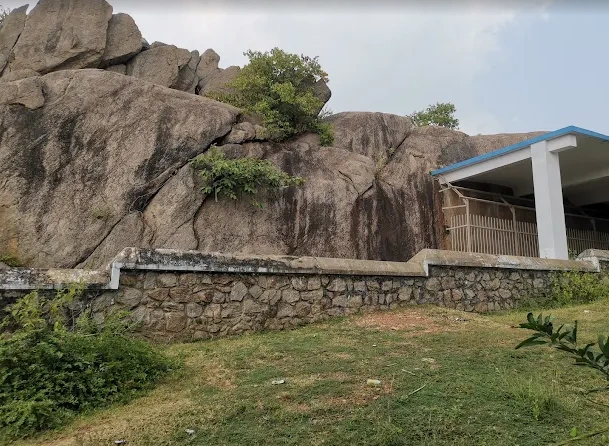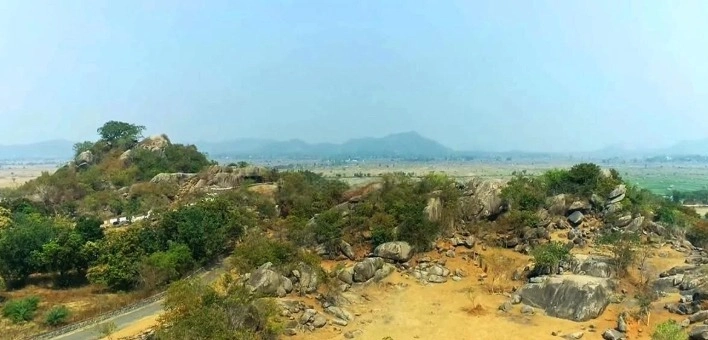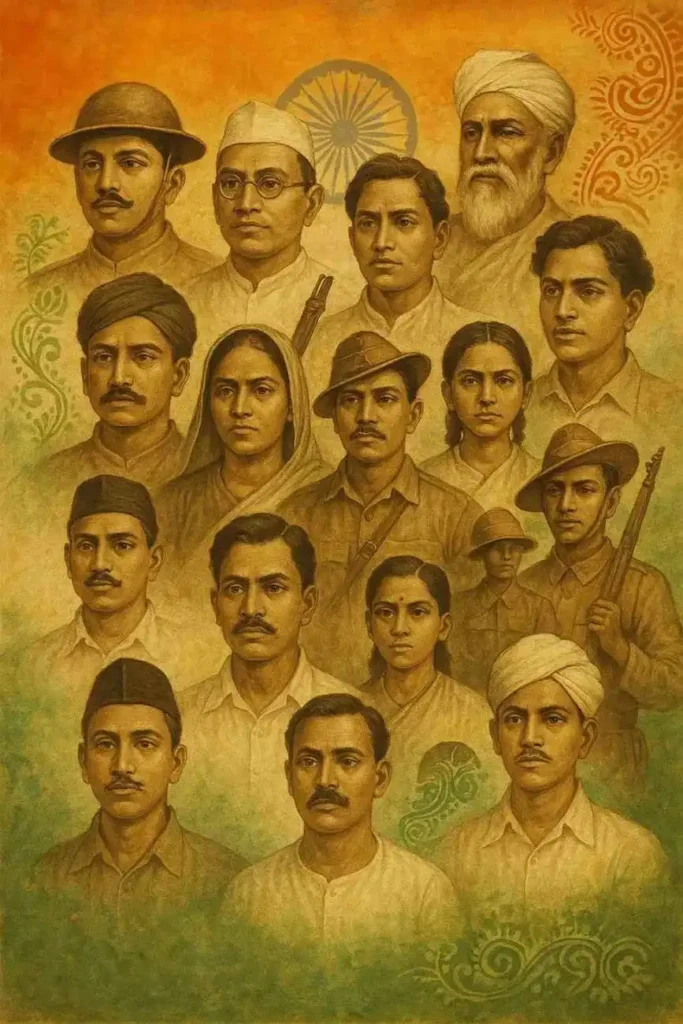
Table of Contents
Where is Jaugada Located?
Jaugada stands on the northern bank of the Rushikulya River, near the modern town of Purushottampur and close to the bustling city of Berhampur in Ganjam district. Moreover, it lies at 19°33’N latitude and 84°50’E longitude.
Historians and archaeologists recognize that Jaugada’s location along ancient trade routes and maritime hubs points to its dual role—not only as a military outpost but also as a significant center for trade and administration.
The Origins of Jaugada Fort
The name “Jaugada” is believed to be a combination of two words: “Jau” meaning lac and “Gada” meaning fort. Initially, it translates to “Lac Fort,” which folklore connects to the infamous lac palace episode from the Mahabharata, possibly linking it to the Pandavas and Kauravas.
However, concrete archaeological evidence ties Jaugada’s true origin to the Mauryan period, particularly under Emperor Ashoka after the historic Kalinga War (261 BCE). In fact, findings from the region strongly support this link. Moreover, these discoveries offer insights into the site’s cultural significance beyond myth. Ultimately, they help distinguish between legend and historical reality.
Ashokan Rock Inscriptions at the Historic Site
What makes Jaugada historically invaluable is its Ashokan Major Rock Edict. After the bloody Kalinga War, Emperor Ashoka shifted from conquest to compassion. Notably, he inscribed 14 edicts across his empire—but the versions at Dhauli and Jaugada are unique.
Specifically, at Jaugada, Edicts XI, XII, and XIII are replaced with two Separate Kalinga Edicts—custom messages by Ashoka to the people of Kalinga. Moreover, these were instructions to the Mahamatras (officers) to rule with fairness, compassion, and respect.
“All men are my children… what I desire for my children, I desire for all mankind.” – Ashoka
Archaeological Significance
Archaeological findings suggest Jaugada was a quadrangular earthen fort with high embankments (25 feet) and wide moats. Interestingly, excavations by the Archaeological Survey of India (ASI) in the 1950s revealed:
- To begin with, punch-marked Mauryan coins
- Additionally, Puri-Kushana coins (1st century CE)
- Moreover, beads of agate, quartz, and bone
- Furthermore, painted pottery
- Notably, a copper plate grant of Madhavaraja (Sailodbhava period)
The Ancient Settlement and Its Ties to Samapa
Scholars find the inscriptions at the site addressed to the Mahamatras of Samapa, which leads them to believe the fort and Samapa refer to the same or closely linked locations. Specifically, they identify Samapa as the city and this ancient stronghold as its military fort.
Furthermore, historians like Romila Thapar argue that the settlement held trade and maritime importance due to its strategic size and coastal proximity.Current Status and Preservation
Despite being declared a protected monument by the ASI, the Jaugada site continues to suffer from neglect. For instance:
- There is inadequate signage and tourist infrastructure.
- Additionally, road connectivity remains poor.
- Moreover, there is a lack of accommodation and shelter for visitors.
- Furthermore, the site receives minimal promotion as a heritage destination.
People Also Ask
1. What is the significance of Jaugada in Indian history?
2. Where is Jaugada located?
3. What are the Jaugada Rock Edicts?
4. Was Jaugada connected to the Mahabharata?
5. Why is Jaugada not a popular tourist destination?
Final Thoughts
Indeed, this is more than just a fort in ruins—it’s a symbol of transformation, where a once-conquering emperor chose peace over power. Moreover, it serves as a reminder of Odisha’s rich ancient past and the cultural vibrancy of the Rushikulya Valley civilization.
Therefore, for history buffs, archaeology lovers, and heritage travelers—it is a site that deserves to be explored, protected, and cherished.Let’s not allow Jaugada to be forgotten in dusty pages of history.
- Raise awareness about its heritage
- Demand better infrastructure and promotion
- Plan your visit and document your journey
- Share this blog to spark interest among your peers


